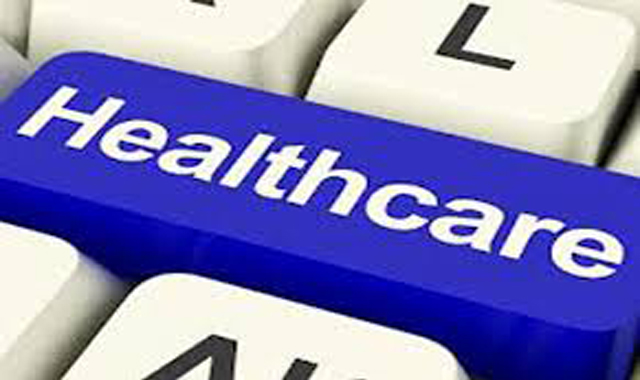The shift from pay-for-service to pay-for-performance in healthcare means that healthcare organizations and providers must approach care delivery in a different way, moving from diagnostic care to preventive medicine. Part of the challenge of adopting a forward-looking approach is having the right tools, namely health IT systems with the ability to predict what’s next.
“Analytics traditionally stops at the present time, and we’re now applying this to the future so that you can add predictive analytics,” says Simon Arkell, CEO of Predixion Software, a developer of predictive analytics solutions for healthcare. “Although they sound the same, they’re different ways of approaching problems. It’s great to have a dashboard with insight on what’s happening or has happened, but unless you’re projecting what’s going to happen and then recommending the right steps to take advantage of that new knowledge, then you’re leaving money on the table.”
One area of healthcare already showing promise involves avoiding unnecessary or preventable readmissions. “The readmission problem is a big one and that’s one of the areas we focus on. It’s a very expensive problem,” observes Arkell.
Carolinas HealthCare System, a Cerner shop in Charlotte, NC, saw the potential for using predictive analytics to identify levels of readmission risk based on pulling data from a variety of sources.
“We did a deal with them to implement predictive readmissions management,” continues Arkell, “and what that means is that through their different data sources — clinical, claims data, pharmacy, etc. — you’ve got information coming in so that once a patient is admitted into a hospital they’re immediately given a risk of readmission score.”
The process, however, goes further than simply assigning risk scores. In order to be meaningful use, clinicians must have actionable information at their fingertips, says Arkell.
“They need to know which patients are at risk of readmission, and not just too know what the risk is but what do I actually do about that,” he explains. “How am I going to intervene on the patient in a very specific way so that I know for a fact that that readmission risk is going to drop as a result of that intervention?”
As it stands right now, the ceiling for predictive analytics in healthcare appears incredibly high. In fact, the limit to its applicability looks to be based more on what healthcare organizations want to do rather than what the technology is capable of.
“Predictive analytics is a great technology to apply to almost any problem that you see in healthcare because it identifies the risk of something bad happening before it happens and then it allows you to take the necessary steps toward stopping the bad thing from happening,” Arkell explains. “And it’s underutilized in the industry.”
Beyond Carolinas Healthcare System, Predixion is working with Kaiser Permanente and more recently the Indiana Health Information Exchange to apply predictive analytics to other pain points in healthcare. According to Arkell, it’s just the tip of the iceberg for all industries, not just healthcare.
“We are projecting a massive trajectory as we go forward and take advantage of this intersection between big data, cloud, and especially with healthcare being 17 percent of GDP and all the problems there and the budget available to fix a lot of those problems,” he adds.
As the requirements for adopting healthcare analytics (e.g., cost, infrastructure) become less burdensome and its capabilities faster and less resource-intensive, the technology has the potential to increase its foothold significantly — that is, so long as healthcare executives and providers are able to look forward to a more tangible return-on-investment by applying real-time machine learning to medicine. Source


































